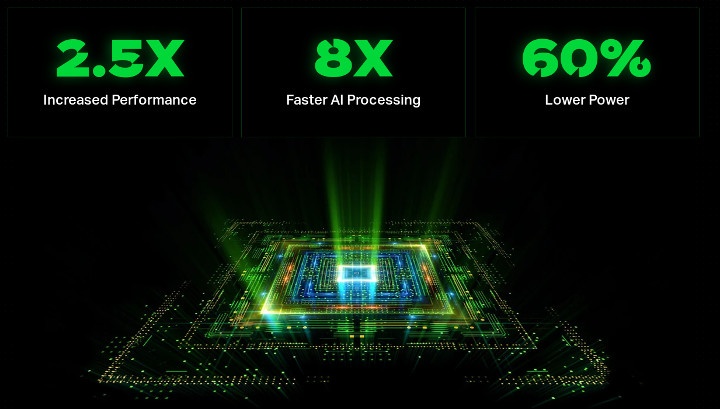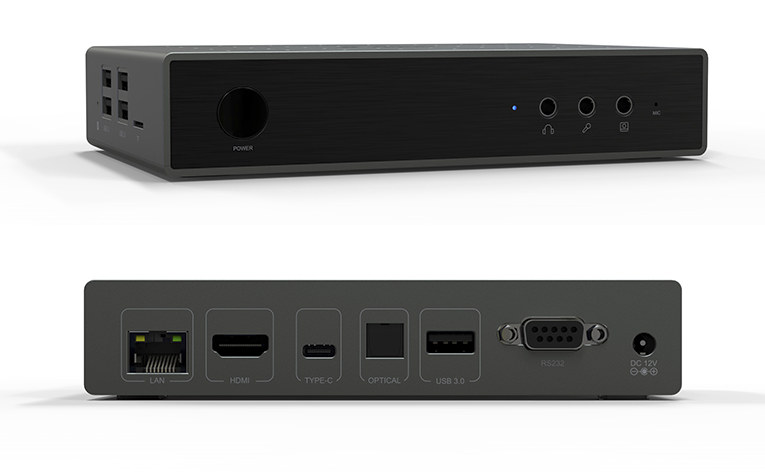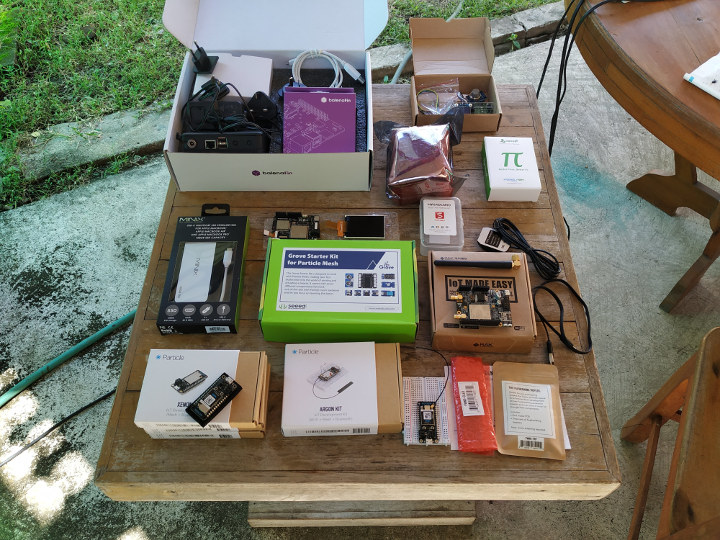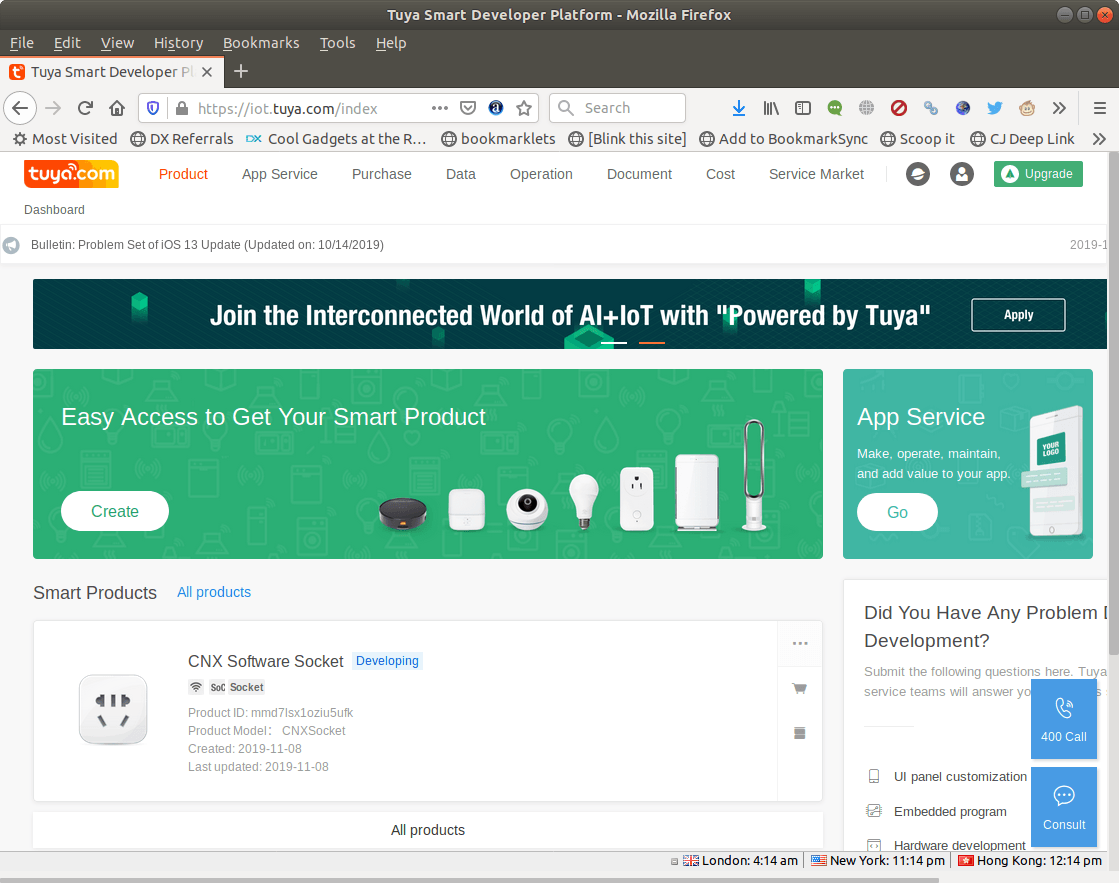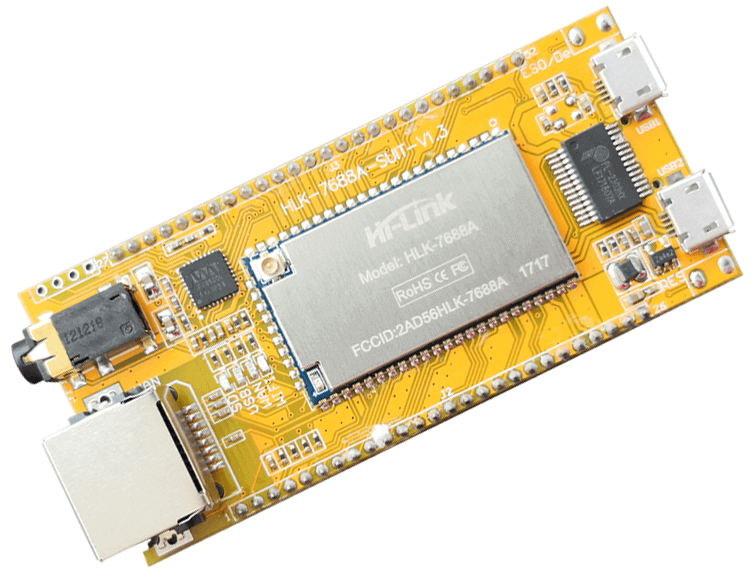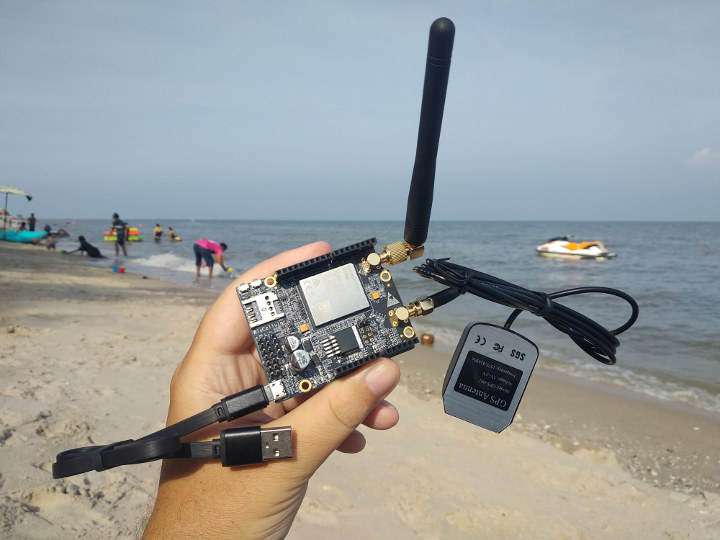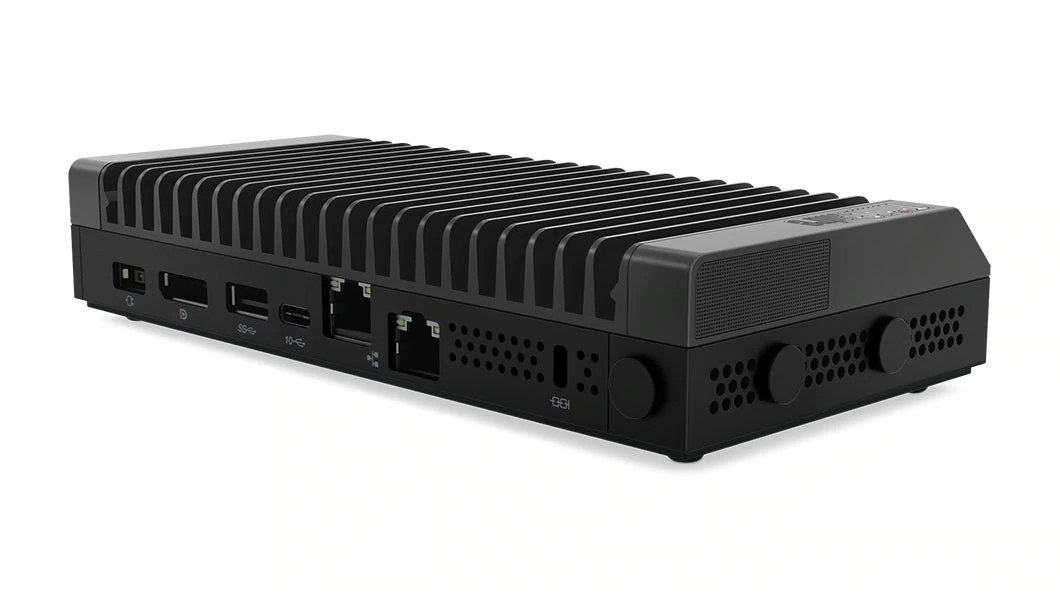Imagination Technologies has just launched IMG A-Series GPU which they claim is “The GPU of Everything” and “The fastest GPU IP ever”. IMG A-Series can be customized and scaled for various applications & markets from automotive, AIoT, set-top box, mobile, and server. Compared to the company’s earlier PowerVR 9Series GPU, IMG A-Series GPU delivers 2.5 times more performance, eight times faster AI processor, and 60% less power while running complex content with the same process node, area, and under similar conditions. IMG A-Series GPU supports the latest API standards including OpenGL ES, Vulkan, OpenCL, and Imagination provides a Unified AI API for use in combination with PowerVR neural network accelerators. It also offers 5x performance density compared to the best current shipping PowerVR devices and supports PVRIC4 lossless or virtually-lossless compression guaranteeing a 50% bandwidth and footprint reduction. The new GPU also leverages HyperLane Technology with up to eight individual, […]
The Case for Running Chromium OS on IoT Devices
The concept of Chromium OS for IoT was presented by Linaro Veteran Khasim Syed Mohammed at Linaro Connect 2019, In his presentation, he talked about the possibilities and advantages of using Chromium OS for IoT devices. This approach looks promising since it’s running on a Linux Kernel base, and Chromium OS uses a lightweight graphics stack that relies on Linux DRM APIs. This may help to create an IoT device with a graphics interface, without consuming too many hardware resources. Why Chromium OS From the architecture front, chromium OS has impressive advantages compared to other lightweight Linux operating systems, such as Direct Rendering Manager, support for web-based applications, etc… Graphics Stack In Linux-based operating systems, most of the time the graphics/display stack is handled by the X-Window system (Xserver and clients). This increases the complexity of development, consumes a large number of hardware resources and increases the product development life […]
Zidoo M9 is a Rockchip RK3399 TV Box/Mini PC/SBC with Android 7.1 + SDK
Zidoo has launched several TV boxes running Android over the years, some of which we reviewed such as Zidoo X9 (2015), or Zidoo H6 Pro. They also have experience launched dual-OS systems with Android and OpenWrt running simultaneously for multimedia and router functions respectively through their Zidoo X9S media center. The company has now contacted CNX Software to review their latest model. Zidoo M9 is a higher-end Rockchip RK3399 powered Android 7.1 TV box or mini PC, and Zidoo will also sell it as a single board computer for custom projects in the field of robotics, automotive control, artificial intelligence and more. Zidoo M9 specifications: SoC – Rockchip RK3399 hexa-core processor with 2x Cortex-A72 cores @ 2.0GHz, 4x Cortex-A53 cores. and a Mali-T860MP4 GPU with support for OpenGL ES 1.1/2.0 /3.0, OpenVG1.1, OpenCL, and Directx11 System Memory – Dual-channel 4GB DDR (2GB is optional) Storage – 32GB eMMC5.1 flash (8GB/16GB/64G/128G […]
Giveaway Week Winners – November 2019
We just had another of our yearly “Giveaway week” on CNX Software with 7 prizes including Arm and RISC-V development boards, NB-IoT tracker, USB-C hub, as well as development kits based on ESP32 or ESP8266 WiSoCs. People just had to comment within a 48 hours period, and we would randomly select a winner each day. We now have all confirmed winners with a strong start from Europe, Asia catching up mid-week, before with Poland and Brazil taking the week-end prizes: Balena Fin Developer Kit – Laurent H, FRANCE WisCellular NB-IoT & eMTC GPS Tracker – Jimmy, SWEDEN MINIX NEO S1 USB-C Hub with 120GB built-in SSD – Jeroen, BELGIUM Maixduino Sipeed M1 RISC-V AI Kit – Nguyen Tung, VIETNAM ANAVI Gas Detector Starter Kit – Bumsik Kim, SOUTH KOREA Particle Mesh IoT Development Kit – Wojciech Lubicz-Lapinski, POLAND NanoPi M4V2 SBC & Metal Case Kit – Thiago Tavares, BRAZIL I […]
Tuya helps you easily Design & Manufacture your own Smart Home Solutions
I was recently informed about LSC Smart Connect 3 door sensor selling on Action discounter with over 600 stores across the Netherlands, Belgium, France, Germany, Luxembourg, Austria, and Poland. The door sensor is based on ESP8266, and people have bought a few and flashed their own open source firmware converting the device into a multi-purpose sensor device with ESPNOW protocol that enables direct and low-power control of Espressif devices without the need of a router. The module inside the door sensor is called TYWE3S, which one document on the FCC website refers to as “Tuya WiFi module” and further mentions “TYWE3S is a low-power consumption module with built-in Wi-Fi solution designed by Hangzhou Tuya Technology Corporation” that is based on ESP8266 WiSoC with 1MB flash, 50 kB RAM. One person in the LetsControlIt forum thread linked above explains the stock firmware can be updated over-the-air via a Raspberry Pi 3/3+ […]
HLK-7688A OpenWrt Development Board Comes with an Audio Jack
We first tested MediaTek MT7688 MIPS processor in Mediatek Labs’ LinkIt Smart 7688 / 7688 Duo hardware development kits running OpenWrt in 2015 with the boards having a focus on IoT applications. A year later, Widora NEO board launched with an audio jack for connected audio applications, but AFAIK it’s not available anymore. There’s now another OpenWrt audio board based on the processor with HLK-7688A board featuring Hi-Link HLK-7688A module which we previously found in MatchBox LoRaWAN gateway. HLK-7688A board specifications: Wireless Module – HLK-7688A based on MediaTek MT7688 MIPS24KEc processor @ 580 MHz, and equipped with 128MB RAM, 32MB flash Storage – MicroSD card slot Connectivity 802.11 b/g/n WiFi 4 up to 150 Mbps with u.FL antenna connector 10/100M Ethernet Audio – 3.5mm audio jack; 4-pin speaker header, WM8960 audio codec USB – 2x Micro USB ports one USB 2.0 port and one for debugging & power Expansion – […]
Giveaway Week – WisCellular NB-IoT & eMTC GPS Tracker
Rak Wireless WisCellular is an NB-IoT & eMTC Arduino shield based on Quectel BG96 module with 2G fallback that is similar to the company’s previous-generation WisLTE board, except it is certified for the global markets. I received a beta sample last year and went through the instructions to use it with a Hologram SIM card, but sadly I never managed to make it work, and eventually learned the Hologram SIM card did not support NB-IoT in Thailand. So I would have had to buy a local SIM card, but at the time, they didn’t sell those, and the only way to get an NB-IoT SIM card was to buy a development kit. Before going ahead with the purchase, I asked about coverage in my area but never managed to get a definitive answer so I gave up. So instead of keeping it in a drawer at home, I’d better just […]
Lenovo ThinkCentre M90n Nano IoT Fanless Mini PC is Powered by an Intel Whiskey Lake Processor
We’ve been covering mini PCs for several years, but I’ve just noticed we never wrote about Lenovo mini PCs probably as they were no that small, and higher price points. But today, I’ve come across Lenovo ThinkCentre M90n Nano IoT, a fanless mini PC powered by a dual-core Intel Celeron 4205U or Core i3-8145U Whiskey Lake processor. The mini PC also comes with 4GB DDR4, a 256GB SSD, DisplayPort video output, Gigabit Ethernet, several USB ports, two COM ports, and more. Lenovo ThinkCentre M90n Nano IoT specifications: SoC (one or the other) Intel Celeron 4205U dual-core Whiskey Lake processor @ 1.80 GHz with Intel UHD Graphics 610; 15W TDP Intel Core i3-8145U dual-core / four-thread Whiskey Lake processor @ 2.10 GHz (base) / 3.90 GHz (turbo) with Intel UHD Graphics 620; 15W TDP Memory – Up to 4GB DDR4 (on-board) Storage – 256GB or 512GB M.2 SSD Video Output – […]


